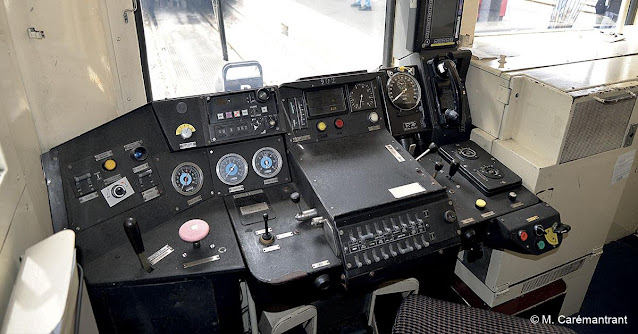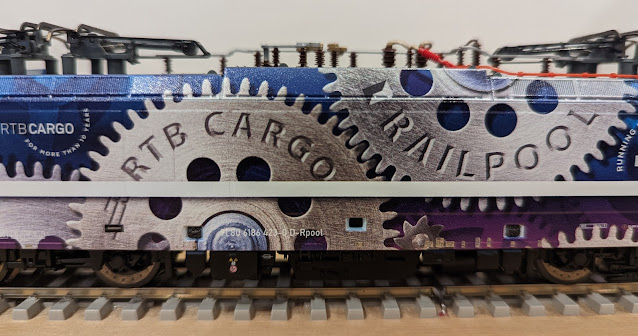In this post, I'm following up on the option #1 from my previous post. I decided to solder the different components and give it a try ...
Start with a failure
 |
| For the two white head lights |
 |
| For the cabin light |
At this stage, I ran a test and nothing worked. After quite some frustrations, nothing worked. It seems that I overheated the board and it is now permanently damaged. So, QUICK SOLDERING OR BURN THE BOARD!!
Try again with connectors
I then went with a new ESU light strip and decided to solder connectors that will allow for more flexibility in the testing:
 |
| Just connectors this time! |
 |
| Left is for cabin light, right is for white head lights |
The other side of the connectors are pins for a breadboard to make testing easy.
Recap on wiring
As mentioned in the ESU manual:
- Optional front light: For operation in Control/Cab car, as shown in Fig. 5, a white front light can be added. Only white or yellow LEDs with a maximum current consumption of 15mA may be used. A series resistor is already installed. The front light works like the rear light, directionally.
- External load (AUX1): To switch external loads (eg toilet lighting, destination signs, etc.) a separate transistor output with a maximum current of 100mA is available. It is shown in Fig. 6, and is preferably connected to the voltage + U. A series resistor for LEDs is not installed. The U + voltage is not buffered by the power pack and the control to adjust for brightness has no effect.
Testing
This is the fun part!
1. Red head lights (F0 forward) + Strip light (F2)
2. Red head lights (F0 forward) + Strip light (F2) + Cabin light (F1)
3. White head lights (F0 reverse) + Strip light (F2)
It works well! Next step is to drill holes for the red LEDs ...

















































